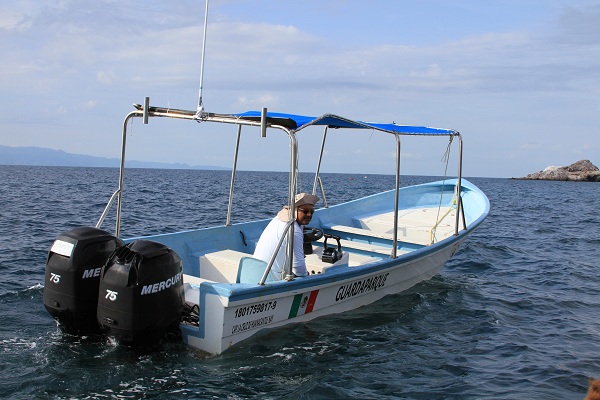
- There is an urgent need to strengthen the legal framework for environmental justice in biodiversity and natural protected areas.
- Strengthening the administrative procedure for environmental inspection and surveillance should be a legislative priority.
- Increasing inspection and surveillance in natural protected areas could be achieved at no cost to the treasury.
According to specialists in the field, several barriers in the legal framework make it impossible for this to happen. “The administrative procedures that govern the actions of the Federal Attorney General’s Office for Environmental Protection were designed more than 20 years ago, almost exclusively contemplating aspects of industrial pollution and with a focus on urban problems, leaving the country’s Natural Protected Areas or areas of biological relevance in a state of vulnerability,” the organizations pointed out. “Since 2000, the environmental regulatory framework has been strengthened by issuing several laws in different areas: wildlife, climate change, and environmental responsibility, among others. However, the tools PROFEPA needs to enforce these laws have not been updated.
It is important to insist that this situation is particularly worrisome in the country’s natural protected areas. In its sectoral environmental plan[2], Mexico committed to effectively protecting 17% of the national land surface and 10% of its marine surface. A scientific article published in the prestigious journal Nature in 2014 indicates that “one of the five key factors for marine protected areas to work is to enforce the law.” This implies that, in addition to increasing the protection frontier, actions must be taken to ensure that protected areas meet their objectives. To this end, it is essential to strengthen the inspection and surveillance regime and provide CONANP and Profepa with the necessary tools.
According to the undersigned organizations, “It is practically impossible to make natural protected areas effective without the presence of those who enforce the rules.” On the other hand, “we consider that, by strengthening attributions and improving administrative processes, it is feasible to make the presence of authorities more efficient without increasing the cost to the treasury.”
For all of the above reasons, the undersigned civil society organizations consider it urgent to strengthen, through an open dialogue with civil organizations, social groups, academia, and government, the administrative procedures in environmental matters, especially those related to inspection and surveillance, as well as to duly empower the personnel of federal agencies that have a permanent presence in natural protected areas. “Strengthening administrative procedures and reducing the atomization of inspection and surveillance attributions in natural protected areas would be a clear sign of Mexico’s deep commitment to biodiversity conservation. There are signs that allow us to assume that Congress is aware of and will ratify this commitment,” they concluded.
[1] Sarukhán, J., et al. 2012. Capital natural de México: Acciones estratégicas para su valoración, preservación y recuperación. Comisión Nacional para el Conocimiento y Uso de la Biodiversidad, México.
[2] SEMARNAT. Programa Sectorial de Medio Ambiente y Recursos Naturales 2013-2018. México, 2013. Publicado en el D.O.F. de 12 de diciembre 2013.












